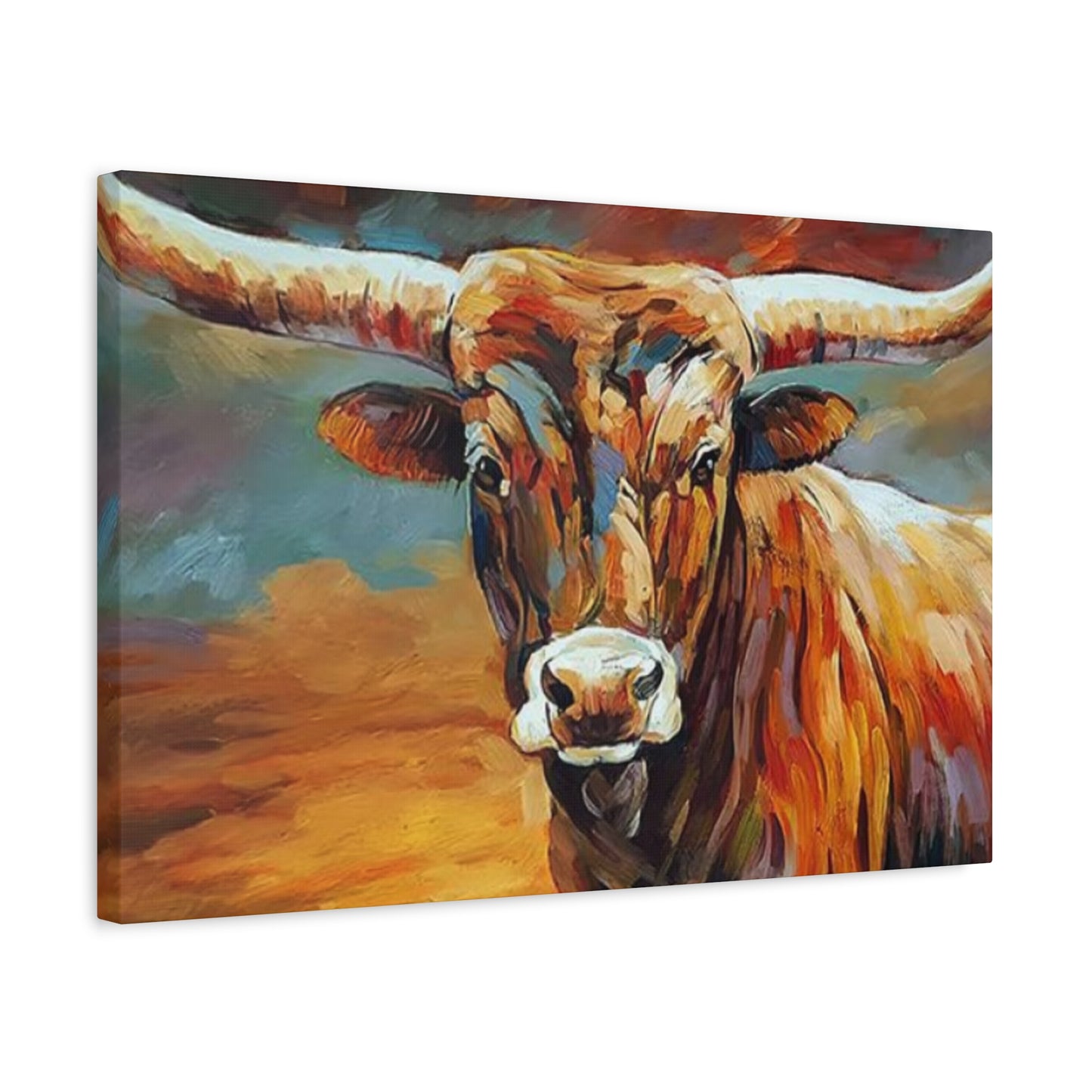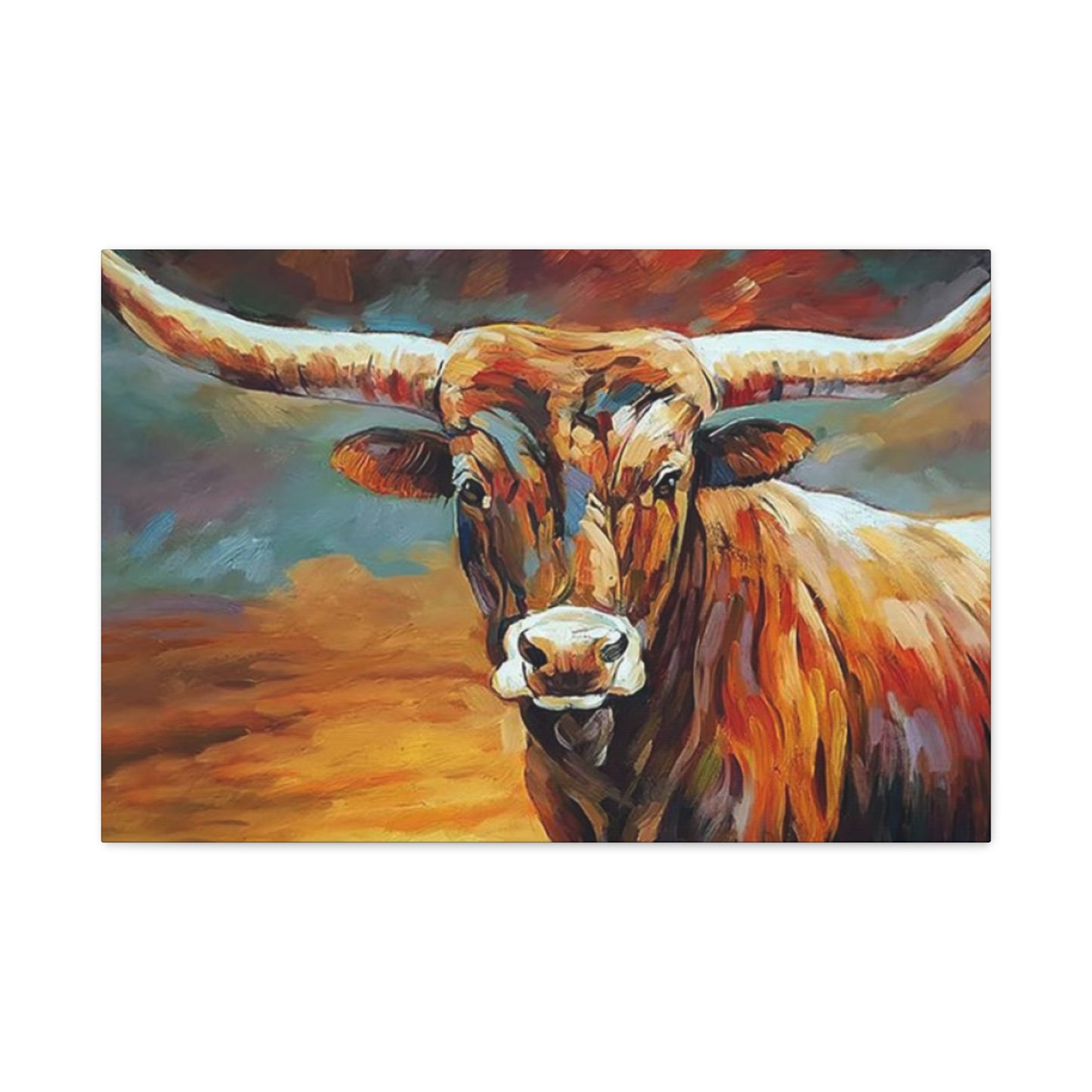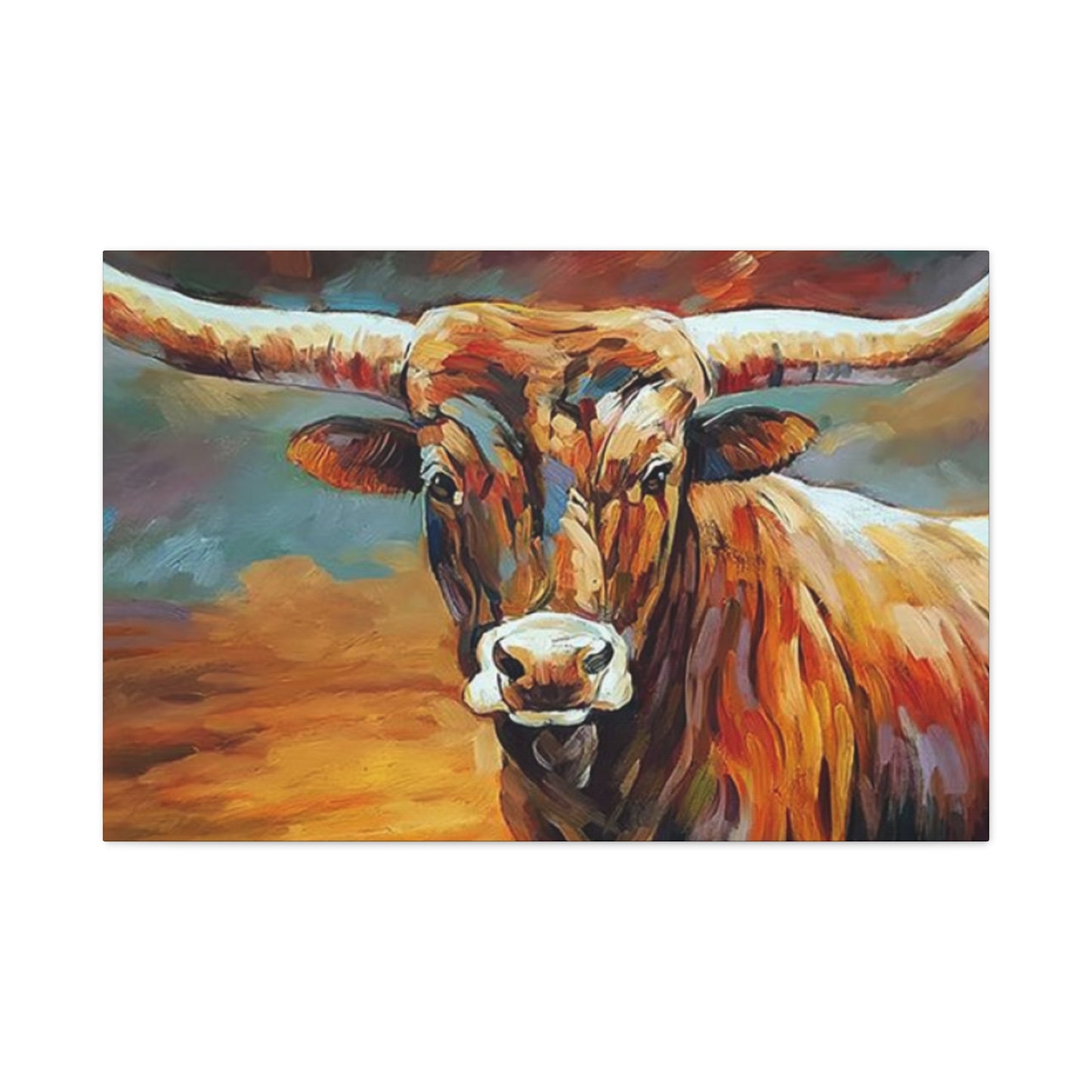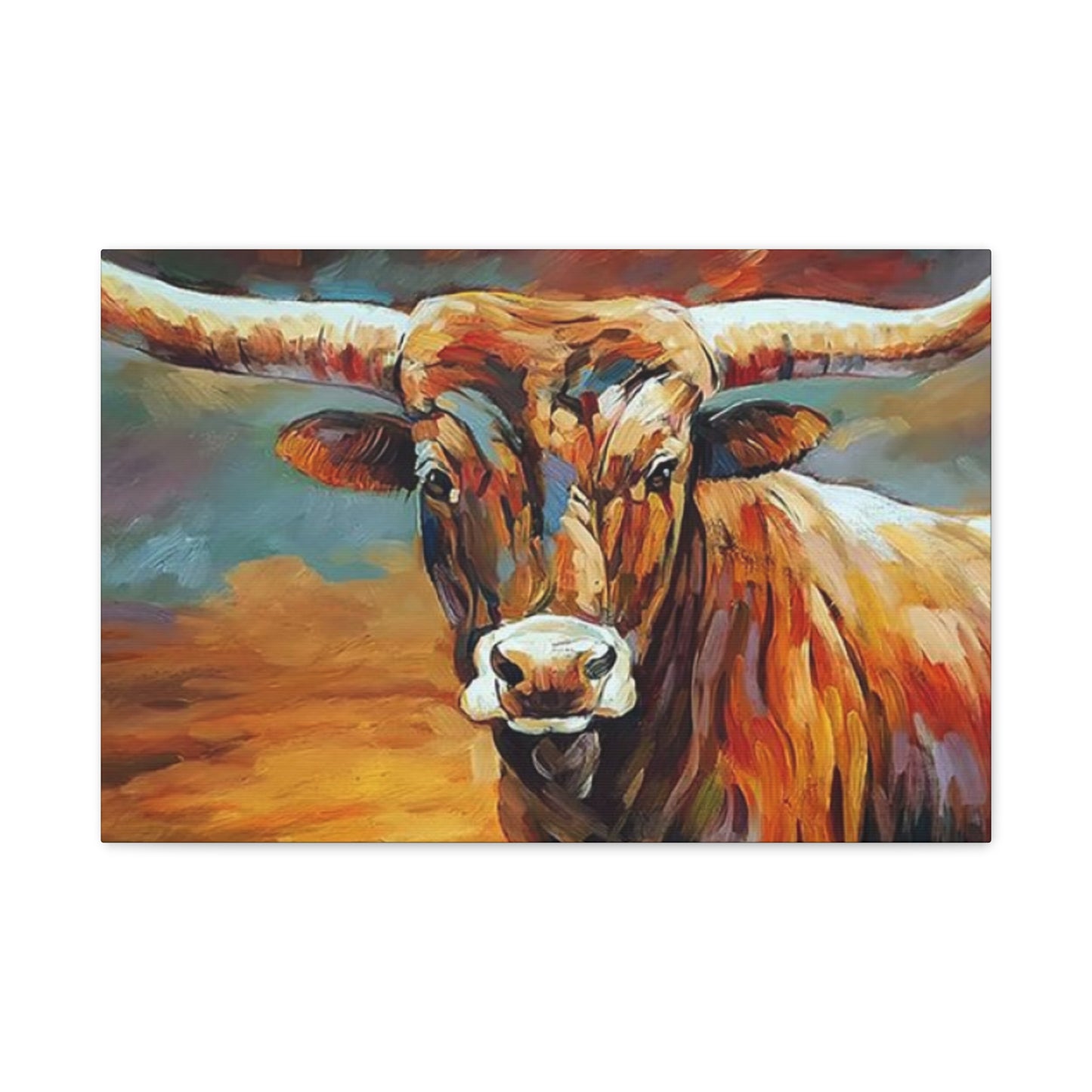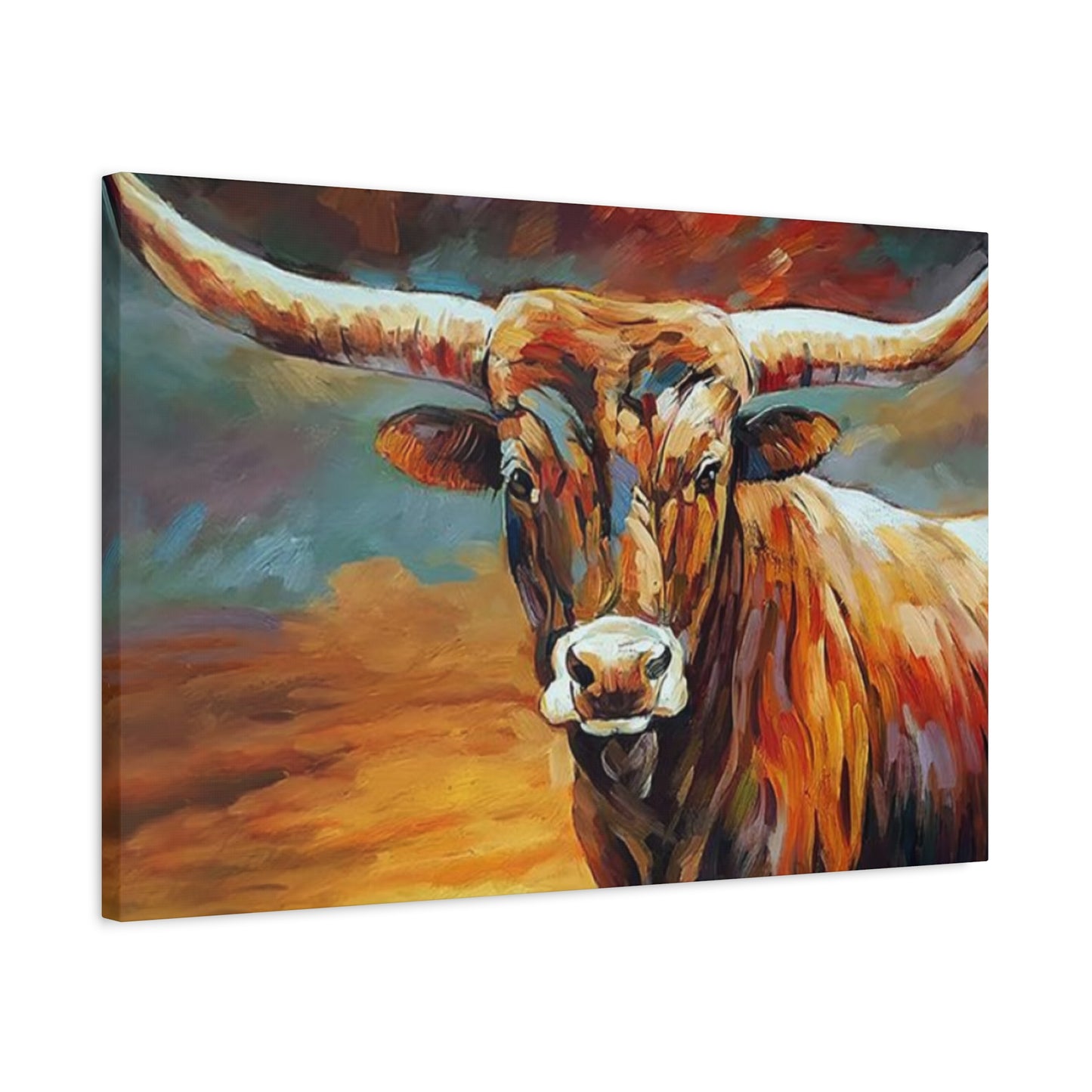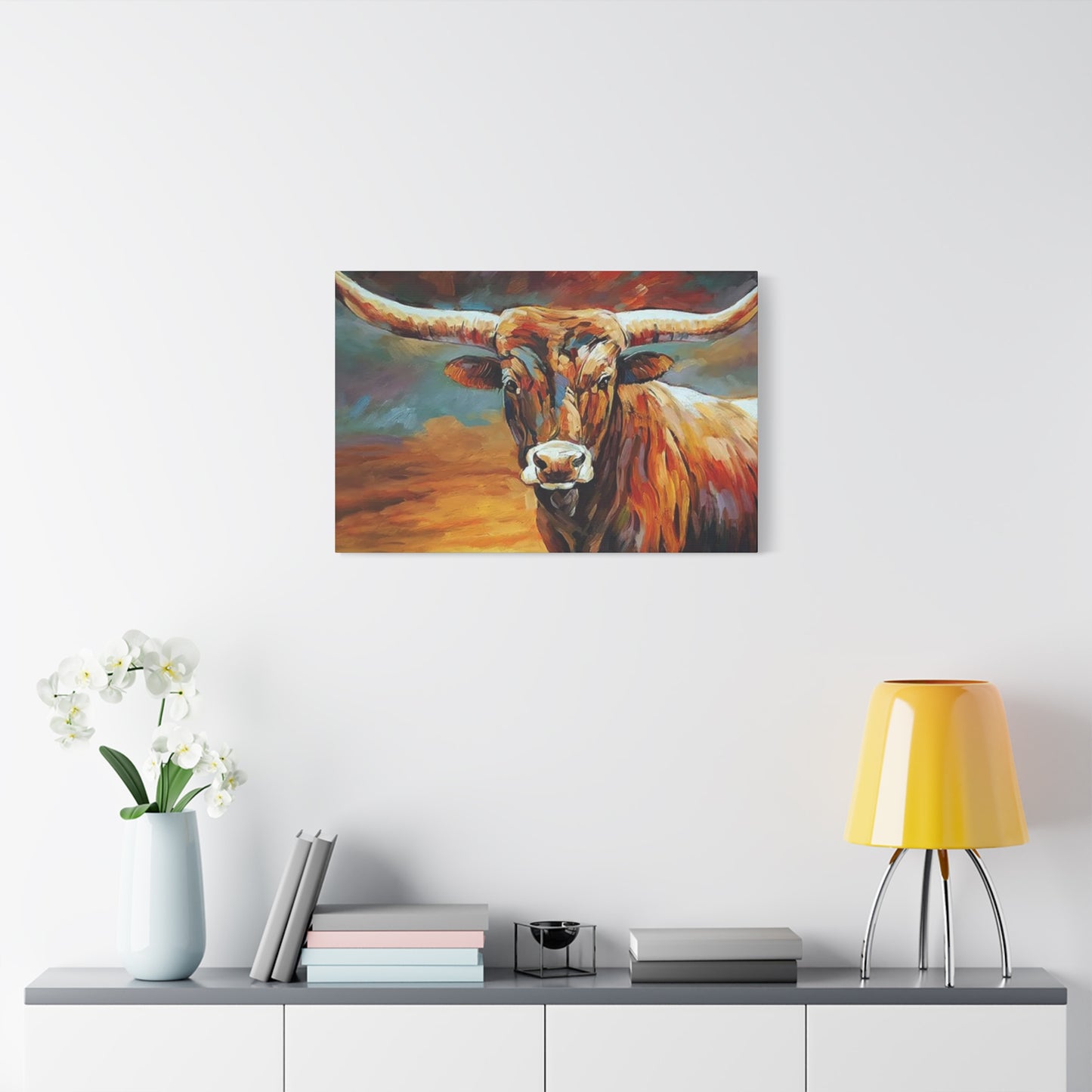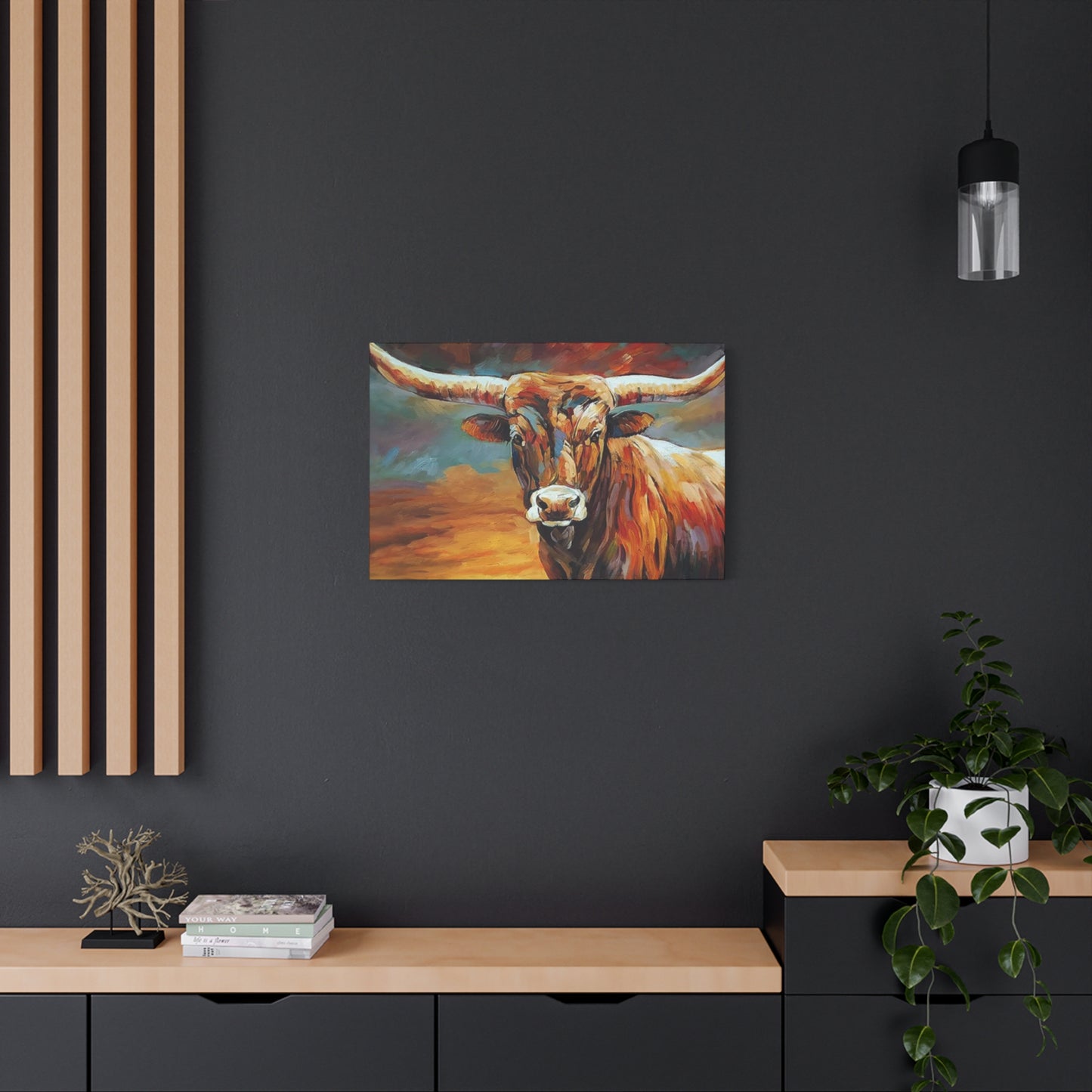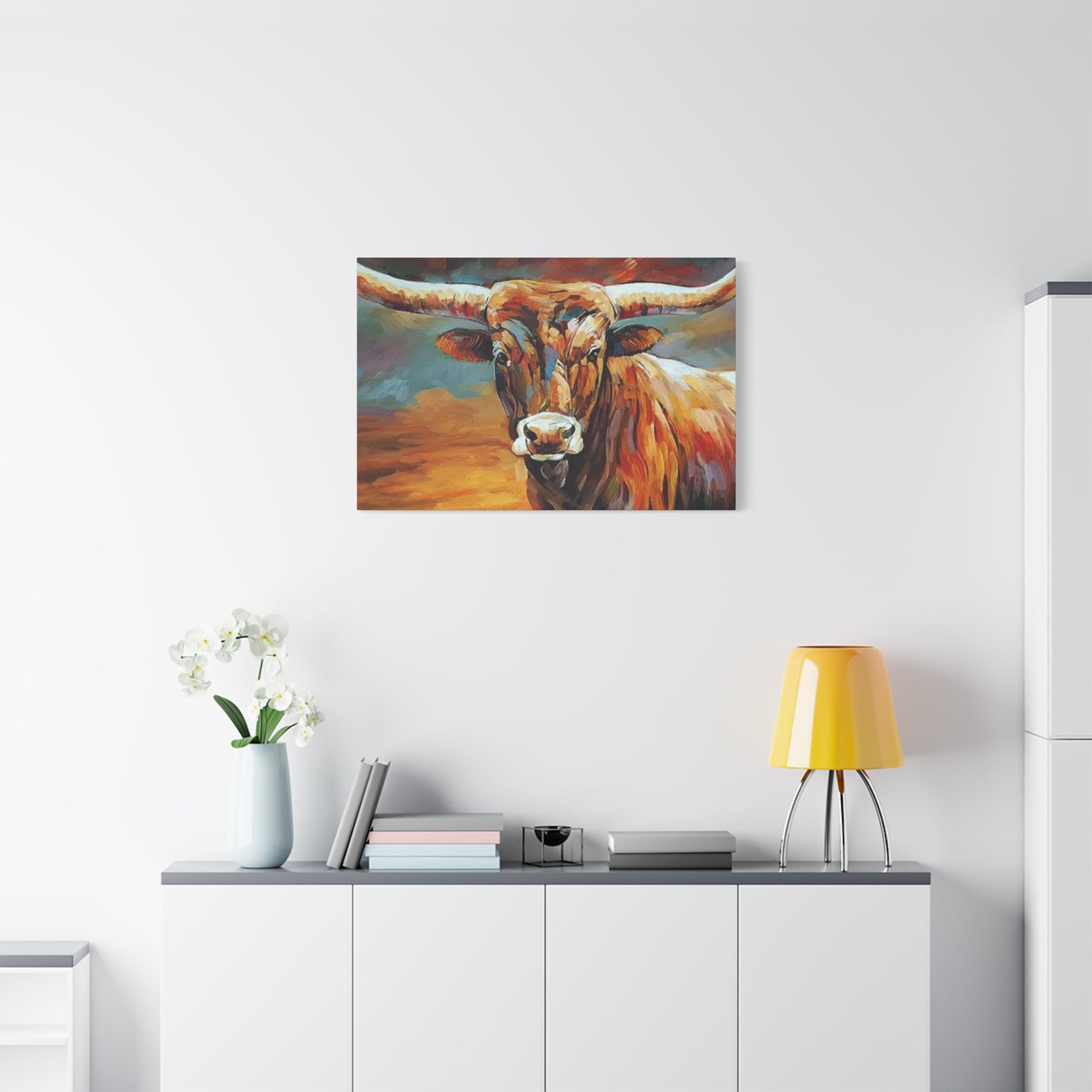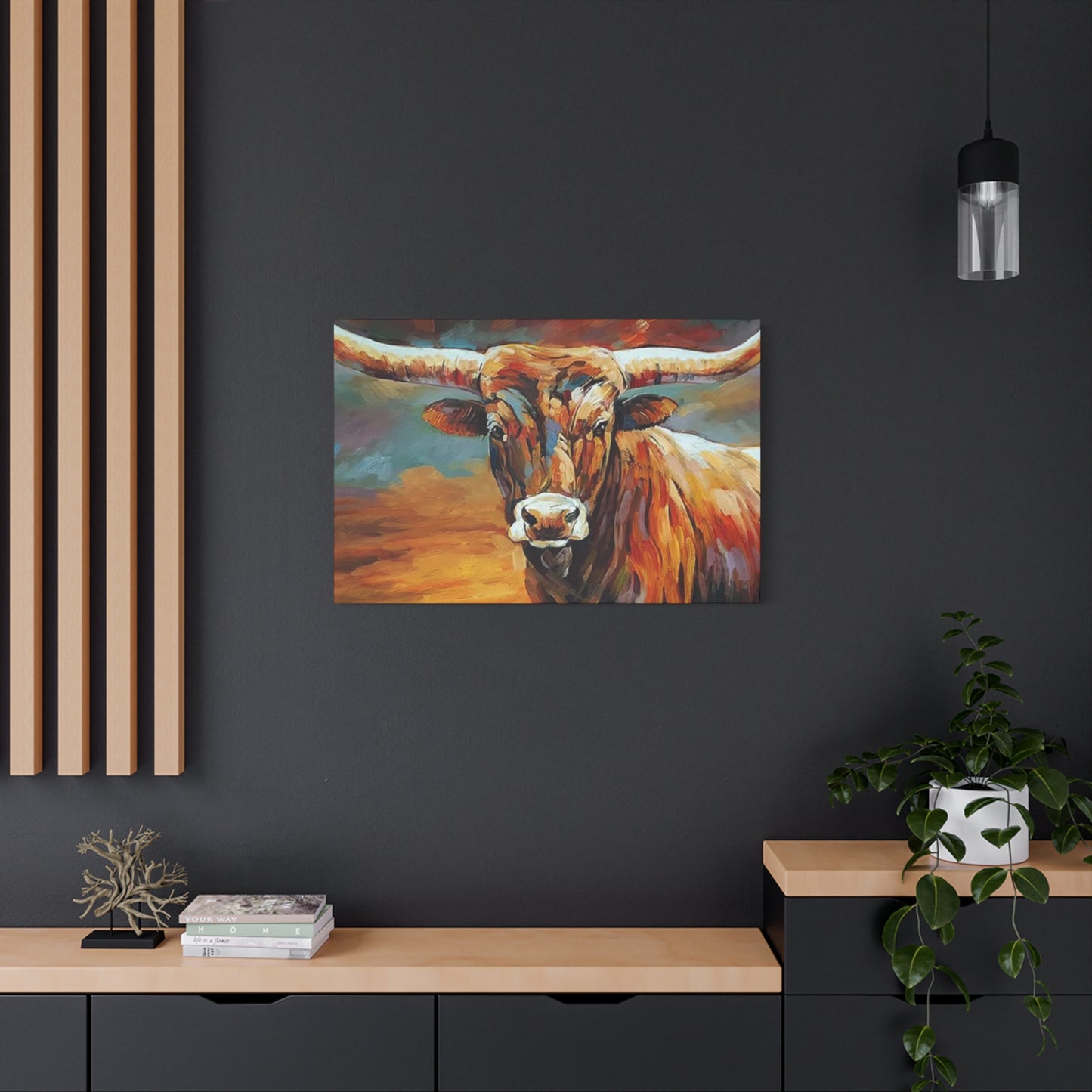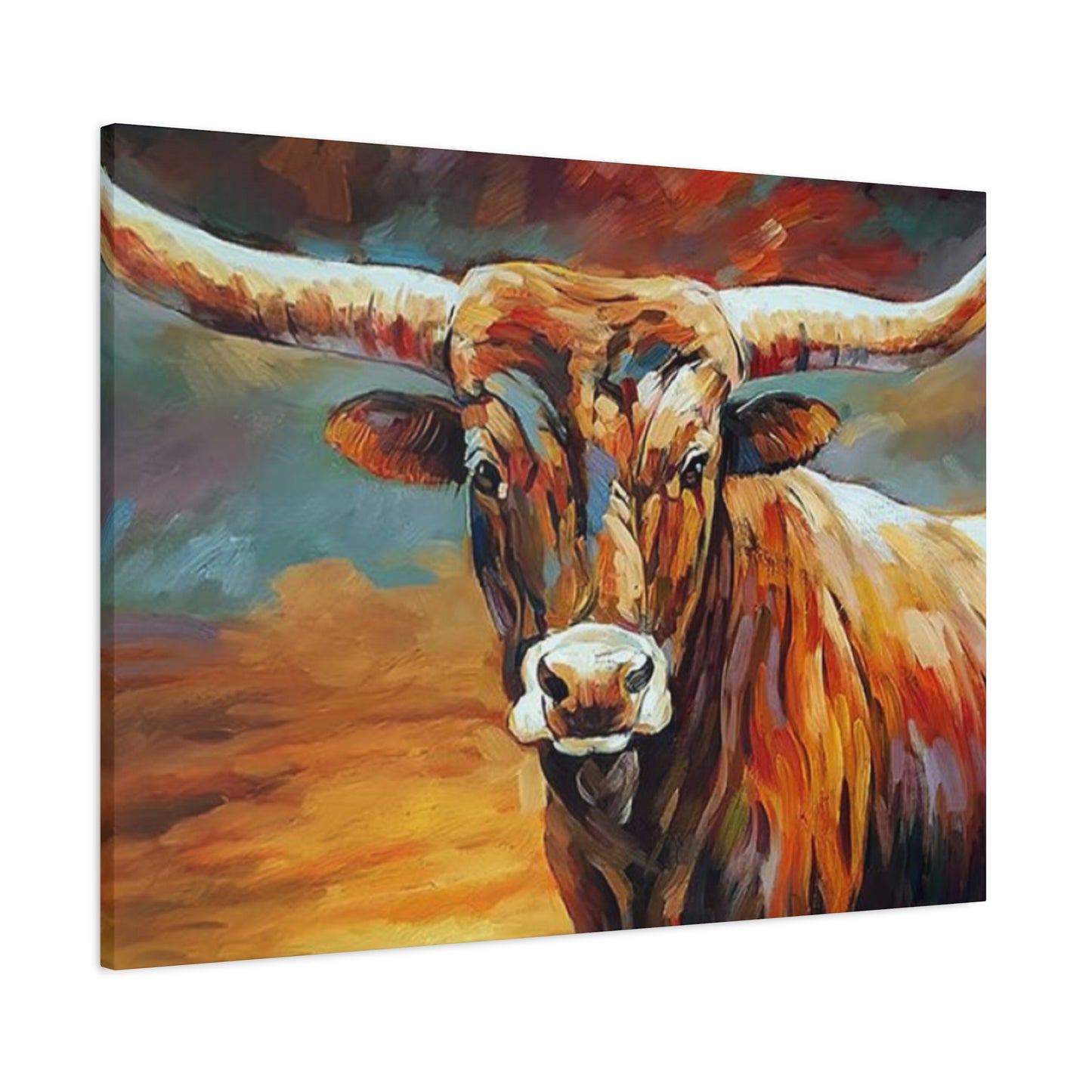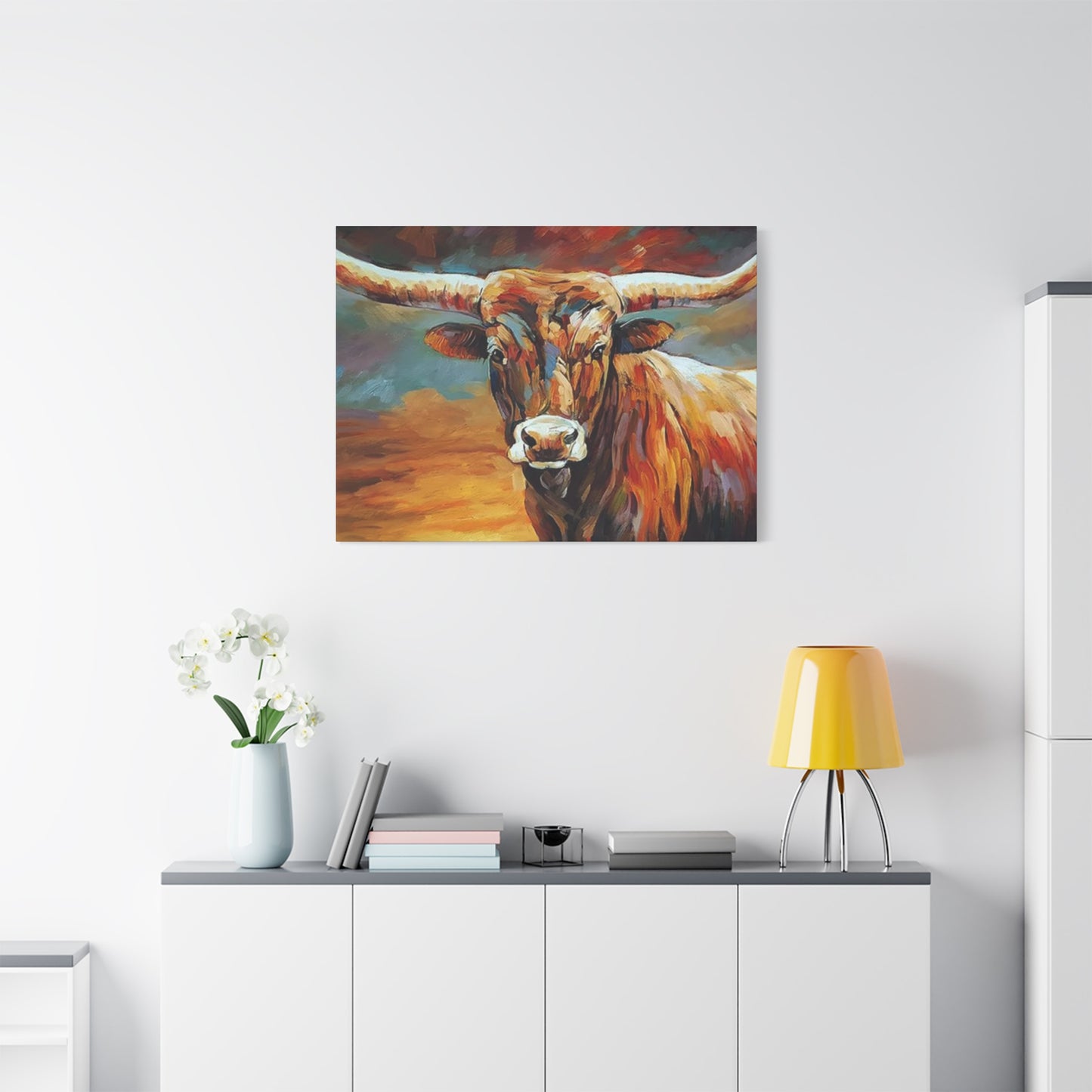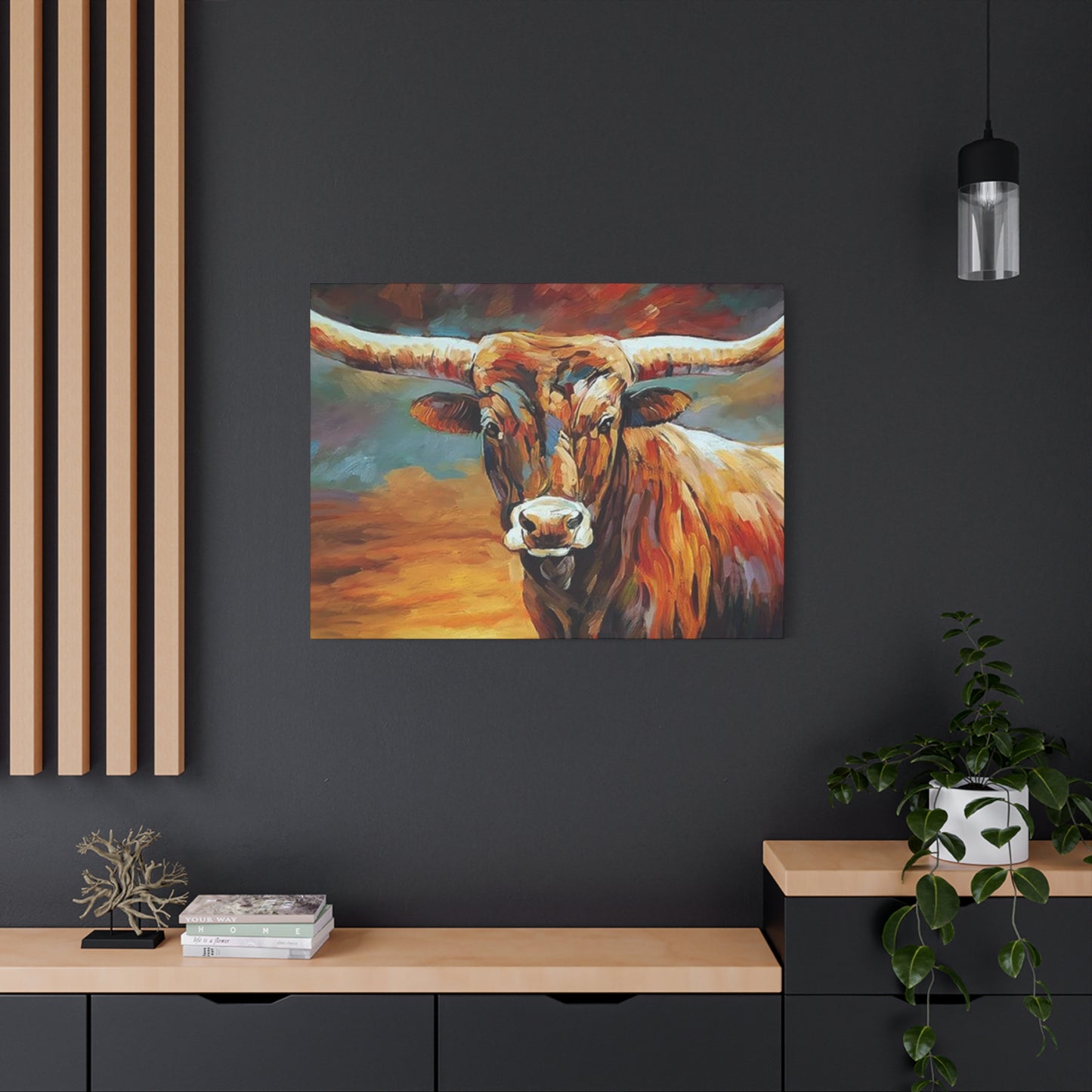Hairy Bull Drawing Wall Art: Long Horns, Timeless Strength in Line Art
The world of bull wall art represents one of the most compelling and emotionally resonant forms of artistic expression available to contemporary collectors and decorating enthusiasts. These magnificent creatures have captivated artists and art lovers for millennia, serving as powerful symbols that transcend cultural boundaries and speak to something fundamental within the human experience. From ancient cave paintings depicting massive auroch hunts to modern abstract interpretations that hang in contemporary galleries, bull imagery continues to evoke feelings of strength, determination, and raw natural power.
When we examine the artistic representation of bulls throughout history, we discover a rich tapestry of cultural significance that extends far beyond mere decorative purposes. These animals have been revered, feared, and celebrated across numerous civilizations, each bringing their own unique perspective to the artistic interpretation of these majestic creatures. The enduring appeal of bull wall art lies not only in the inherent beauty of these animals but also in their symbolic representation of qualities that many humans aspire to embody: courage, resilience, and unwavering determination.
In contemporary home decorating, bull wall art has experienced a remarkable renaissance, appealing to those who seek to incorporate elements of strength and character into their living environments. Whether rendered in realistic detail that showcases every muscle and sinew, or expressed through bold abstract forms that capture the essence rather than the appearance, these artworks serve as powerful focal points that can transform any room from ordinary to extraordinary. The versatility of bull imagery allows it to complement a wide range of decorating styles, from rustic farmhouse aesthetics to sleek modern minimalism.
The psychological impact of bull wall art cannot be understated. These images tap into archetypal symbols that resonate deep within our collective consciousness, evoking responses that are both emotional and visceral. For many viewers, bull art represents the triumph of strength over adversity, the power of persistence in the face of challenges, and the beauty found in raw, unrefined natural force. This emotional connection makes bull wall art particularly effective in creating environments that inspire confidence and determination.
Artists working in this genre employ a vast array of techniques and styles to capture the essence of these remarkable animals. Some focus on photorealistic representations that showcase the intricate details of bull anatomy, from the texture of their coarse hair to the determined glint in their eyes. Others prefer more impressionistic approaches that use color, form, and composition to convey the emotional impact of these creatures rather than their physical appearance. Still others embrace abstract interpretations that reduce the bull to its most essential elements, creating powerful geometric compositions that speak to the animal's fundamental nature.
The materials and mediums used in creating bull wall art are as diverse as the artistic visions they serve to express. Traditional oil paintings allow for rich, layered compositions that can capture subtle variations in light and shadow, while watercolors offer a more fluid, spontaneous approach that can beautifully convey the dynamic movement of these powerful animals. Contemporary artists also embrace digital mediums, creating stunning photographic manipulations and digital paintings that push the boundaries of traditional artistic expression.
For collectors and decorating enthusiasts, understanding the various styles and approaches available in bull wall art is essential for making informed purchasing decisions that will enhance their living environments for years to come. The market offers everything from affordable prints that make bull art accessible to budget-conscious buyers, to original paintings and sculptures that represent significant investments in artistic expression. Each category offers its own unique advantages and considerations, from the immediate availability and consistent quality of prints to the one-of-a-kind nature and potential investment value of original works.
The placement and presentation of bull wall art within the home environment requires careful consideration of both aesthetic and practical factors. These powerful images work best when given adequate visual breathing room, allowing viewers to fully appreciate their impact without competing distractions. The scale of the artwork should be appropriate to the dimensions of the room, while the style and color palette should complement existing decorating elements without overwhelming them.
Lighting plays a crucial role in the effective presentation of bull wall art. Proper illumination can dramatically enhance the visual impact of these pieces, bringing out subtle details in realistic works or emphasizing the bold forms of abstract compositions. Natural light can provide beautiful, ever-changing illumination throughout the day, while carefully positioned artificial lighting allows for consistent presentation regardless of external conditions.
The cultural significance of bulls in art extends far beyond their role as decorative elements, reflecting deep-seated human relationships with these animals that span thousands of years. From the sacred bulls of ancient Egypt and Mesopotamia to the fighting bulls of Spain and the cattle drives of the American West, these animals have played pivotal roles in shaping human civilization and culture. This rich historical context adds layers of meaning to contemporary bull wall art, connecting modern viewers with ancient traditions and timeless human experiences.
Majestic Hairy Bulls
The artistic representation of hairy bulls encompasses some of the most visually striking and emotionally powerful works within the broader category of bull wall art. These magnificent creatures, with their thick, often shaggy coats and imposing presence, provide artists with rich textural opportunities that can transform a simple animal portrait into a complex study of form, light, and natural beauty. The dense fur of breeds like Highland cattle or yaks creates intricate patterns of shadow and highlight that challenge artists to develop sophisticated techniques for rendering these complex surfaces convincingly.
When examining masterful representations of hairy bulls, viewers often find themselves drawn not just to the overall composition but to the intricate details that bring these creatures to life. The way light catches individual strands of hair, creating subtle variations in tone and texture, requires artists to possess both technical skill and deep observational abilities. Many successful bull artists spend considerable time studying their subjects, learning to understand how the hair grows, how it moves in different weather conditions, and how it interacts with light at various times of day.
The challenge of depicting hairy bulls extends beyond mere technical considerations to encompass broader questions of artistic interpretation and style. Some artists choose to emphasize the realistic qualities of the animal's coat, using precise brushwork or detailed drawing techniques to capture every strand of hair with photographic accuracy. Others prefer more impressionistic approaches that suggest the texture and volume of the hair through broader strokes and more generalized forms, allowing viewers to fill in details through their own visual interpretation.
The emotional impact of hairy bull imagery often stems from the contrast between the animal's massive size and strength and the soft, almost vulnerable appearance of their thick coats. This juxtaposition creates a compelling visual tension that speaks to deeper themes about the relationship between power and protection, strength and comfort. Many viewers find themselves simultaneously awed by the bull's obvious physical power and charmed by the almost teddy bear-like quality that the thick fur can impart to these massive creatures.
Color plays a particularly important role in the successful artistic representation of hairy bulls. The rich browns, deep blacks, warm russets, and occasional blonde tones found in bull coats provide artists with a sophisticated palette that can be used to create works of remarkable depth and visual interest. The way these colors interact with light and shadow, particularly in thick fur, creates opportunities for subtle gradations and complex color relationships that can elevate a simple animal portrait into a sophisticated work of art.
Different breeds of hairy bulls offer unique artistic challenges and opportunities. Highland cattle, with their distinctive long, wavy coats and prominent horns, have become particularly popular subjects for artists seeking to capture the romantic, almost mythical quality of these ancient Scottish breeds. Their hair often obscures much of their facial features, creating mysterious, almost ethereal compositions that rely heavily on suggestion and atmosphere rather than precise detail.
Yaks and other high-altitude cattle breeds present different artistic challenges, with their dense, practical coats designed for survival in harsh mountain environments. These animals often appear almost sculptural in their solidity, with their thick hair creating bold, simplified forms that lend themselves particularly well to more abstract artistic interpretations. The way their coats respond to wind and weather can be used by artists to suggest movement and environmental conditions, adding narrative elements to their compositions.
The seasonal changes in bull coats provide artists with opportunities to explore themes of transformation and adaptation. Many hairy bulls develop significantly thicker coats during winter months, dramatically altering their appearance and providing artists with seasonal variation in their subject matter. Spring shedding seasons offer particularly dynamic subjects, as the animals' changing appearance can symbolize renewal and transformation.
Texture in Bull Drawings
The exploration of texture in bull drawings represents one of the most technically challenging and artistically rewarding aspects of animal art. Bulls, with their varied coat types, weathered skin, prominent muscle definition, and distinctive horn textures, offer artists an incredible range of textural opportunities that can transform a simple sketch into a complex study of surface, light, and form. Understanding how to effectively render these various textures is essential for creating convincing and visually compelling bull artwork that captures not just the appearance but the very essence of these powerful creatures.
The primary textural challenge in bull drawing lies in accurately representing the animal's coat, which can vary dramatically depending on the breed, age, health, and seasonal conditions of the subject. Short-haired breeds like Angus cattle present smooth, sleek surfaces that require subtle gradations and careful attention to the way light reflects off the hair's surface. The artist must understand how to use various drawing techniques, from smooth blending to directional hatching, to suggest the smoothness of the coat while still indicating its organic, living quality.
Long-haired breeds present entirely different challenges, requiring artists to develop techniques for suggesting the complex interplay of individual hairs, the way they clump together, and how they respond to environmental conditions like wind or moisture. Cross-hatching, stippling, and various mark-making techniques can be combined to create the illusion of depth and volume within the coat, while careful attention to directional strokes helps establish the natural growth patterns of the hair.
The skin texture of bulls, particularly visible around the face, neck, and other areas where hair is sparse, requires a different approach entirely. Bull skin often shows distinctive patterns of wrinkles, folds, and weathering that speak to the animal's age and life experience. These textural elements can be used by artists not just for realistic representation but as compositional elements that add visual interest and emotional depth to their work.
Horn texture presents unique artistic challenges that many artists find particularly rewarding to master. Bull horns typically display a combination of smooth, polished areas and rougher, more textured regions that reflect the animal's age and lifestyle. The way light plays across horn surfaces, creating sharp highlights and deep shadows, requires careful observation and skilled technique to render convincingly. The slightly translucent quality of horn material adds another layer of complexity, as artists must suggest not just surface texture but also the subtle internal qualities of this organic material.
Muscle definition in bulls creates another category of textural consideration that extends beyond simple surface treatment to encompass the underlying anatomical structure of these powerful animals. The way muscles create subtle variations in surface tension and form requires artists to understand not just what they see but what lies beneath the surface. This understanding allows for more convincing representation of the animal's power and physical presence.
Drawing techniques for capturing bull textures have evolved considerably over the centuries, with each artistic medium offering its own unique advantages and challenges. Graphite pencils remain among the most popular tools for detailed textural work, offering precise control and the ability to create subtle gradations through careful pressure variation and mark-making techniques. Different pencil hardnesses can be combined to achieve everything from fine detail work to broad tonal areas.
Charcoal offers artists the opportunity to work with broader, more expressive marks while still maintaining the ability to achieve fine detail through careful manipulation of the medium. The natural texture of charcoal can complement the organic textures found in bull subjects, creating works that feel more immediate and spontaneous than highly finished pencil drawings.
Pastel techniques allow for sophisticated color work while maintaining the ability to achieve complex textural effects. The ability to blend pastels directly on the paper surface makes them particularly well-suited to rendering the soft, organic textures found in bull coats, while harder pastels can be used for more precise detail work in areas like horns and facial features.
Contemporary artists have also embraced digital drawing tools, which offer unprecedented flexibility in creating and manipulating textural effects. Digital brushes can be customized to simulate traditional drawing materials while also offering new possibilities for creating unique textural treatments that would be impossible to achieve through traditional means.
The psychological impact of texture in bull drawings extends beyond mere technical achievement to encompass deeper questions about the viewer's connection to the artwork. Convincing textural rendering creates a sense of tactile reality that invites viewers to imagine touching the subject, creating a more intimate and immediate connection to the artwork. This tactile quality can make the difference between a drawing that simply documents the appearance of a bull and one that truly captures the essence of the living creature.
Symbolism of Bull Horns
The symbolism of bull horns in artistic representation extends far beyond their biological function, encompassing a rich tapestry of cultural, spiritual, and psychological meanings that have evolved across centuries of human civilization. These powerful appendages have served as symbols of divine authority, masculine power, fertility, protection, and spiritual connection in cultures spanning from ancient Mesopotamia to contemporary Western societies. For artists working in the realm of bull wall art, understanding the deep symbolic resonance of horns is essential for creating works that speak to viewers on multiple levels of meaning.
In many ancient cultures, bull horns were directly associated with divine power and cosmic forces. The crescent shape of many bull horns connected them symbolically to lunar cycles, making them powerful symbols of temporal change, renewal, and the feminine principle in some traditions. Simultaneously, their phallic associations linked them to masculine fertility and creative force, creating a complex symbolic duality that artists have explored throughout history.
The upward thrust of bull horns has long been interpreted as a symbol of aspiration and spiritual reaching, representing humanity's eternal quest to transcend earthly limitations and connect with higher realms of existence. This vertical symbolism makes horned bull imagery particularly powerful in compositions that explore themes of spiritual awakening, personal growth, and the triumph of spirit over matter. Artists working with these symbolic elements often emphasize the dramatic upward sweep of horns through compositional choices that draw the viewer's eye skyward.
In Mediterranean cultures, particularly those influenced by ancient Greek and Roman traditions, bull horns became associated with the cornucopia or horn of plenty, symbolizing abundance, prosperity, and the earth's generous provision for human needs. This symbolic connection has made horned bull imagery popular in contexts related to harvest festivals, thanksgiving celebrations, and expressions of gratitude for material blessings.
The defensive and protective qualities of bull horns have made them powerful symbols of guardianship and security. In many artistic contexts, prominently displayed horns suggest the ability to ward off threats and protect what is valuable. This protective symbolism has made bull horn imagery particularly popular in artworks intended for homes and personal living environments, where they serve as visual talismans of security and strength.
The shape and curve of bull horns have inspired artists to explore themes related to natural beauty and organic form. The graceful sweep of many horn shapes embodies principles of natural design that human artists and architects have long sought to emulate. The mathematical precision often found in horn spirals and curves connects these natural forms to broader concepts of universal order and harmony.
Different horn configurations carry distinct symbolic meanings that sophisticated artists can exploit for deeper compositional impact. Wide-set horns suggest openness and receptivity, while more closely spaced horns might imply focus and determination. The length, thickness, and curve of horns can be used to suggest various character traits in the depicted animal, from gentle strength to fierce determination.
The color and texture of horns in artistic representation also carry symbolic weight. Smooth, polished horns might suggest refinement and nobility, while rougher, more weathered horns could imply hard-won experience and practical wisdom. Artists working with these symbolic elements often make deliberate choices about horn treatment to reinforce their broader thematic intentions.
Cultural variations in horn symbolism provide artists with rich material for creating works that speak to specific audiences or explore particular cultural traditions. In Celtic mythology, horned animals often served as bridges between the natural and supernatural worlds, making them powerful subjects for artworks exploring themes of mystery and magic. Spanish artistic traditions, heavily influenced by bullfighting culture, tend to emphasize the dramatic and dangerous aspects of horn symbolism.
Contemporary psychological interpretations of horn symbolism often focus on themes of personal power and self-assertion. In this context, prominently featured horns might represent the individual's ability to stand their ground and defend their beliefs and values. This psychological dimension makes horned bull imagery particularly appealing to viewers who see themselves as strong, independent individuals.
The artistic treatment of horn shadows and highlights can significantly impact their symbolic reading. Sharp, dramatic shadows might emphasize the dangerous or threatening aspects of horn symbolism, while softer, more diffused lighting could emphasize their protective or nurturing qualities. Artists skilled in symbolic manipulation often use lighting effects to guide viewers toward specific interpretative responses.
Compositional placement of horns within the overall artwork structure also affects their symbolic impact. Horns that extend beyond the picture plane create a sense of power that cannot be contained, while horns that are fully contained within the composition might suggest controlled or channeled power. The relationship between horns and other compositional elements can create symbolic dialogues that add layers of meaning to the work.
The artistic representation of broken or damaged horns carries its own symbolic significance, often relating to themes of defeat, aging, or the humbling effects of experience. However, such representations can also suggest resilience and the ability to maintain dignity despite adversity, making them powerful subjects for artworks exploring themes of perseverance and inner strength.
Styles of Bull Art
The artistic representation of bulls encompasses an extraordinary range of styles, each offering unique approaches to capturing the essence, power, and symbolic significance of these magnificent creatures. From photorealistic renderings that showcase every detail of anatomy and texture to bold abstract interpretations that reduce the bull to its most essential visual elements, the diversity of stylistic approaches reflects both the versatility of the subject matter and the creative ingenuity of artists working in this genre. Understanding these various styles is crucial for collectors, decorating enthusiasts, and artists themselves as they navigate the rich landscape of bull wall art.
Realistic bull art represents perhaps the most technically demanding approach to the subject, requiring artists to possess comprehensive knowledge of bovine anatomy, behavior, and environmental context. These works often showcase incredible attention to detail, from the precise rendering of individual hairs in the animal's coat to the subtle play of light and shadow across muscular surfaces. Realistic bull art appeals to viewers who appreciate technical virtuosity and who seek artworks that capture the actual majesty and physical presence of these impressive animals.
The appeal of realistic bull art lies not just in its technical achievement but in its ability to create an intimate connection between viewer and subject. When executed skillfully, these works can make viewers feel as though they could reach out and touch the animal, creating a visceral response that more stylized approaches might not achieve. The emotional impact of realistic bull art often stems from the artist's ability to capture not just physical appearance but also personality and character through subtle details in expression and posture.
Impressionistic approaches to bull art focus less on precise detail and more on capturing the overall impression and emotional impact of the subject. These works often employ loose brushwork, vibrant color palettes, and emphasis on light and atmosphere to create images that feel spontaneous and alive. Impressionistic bull art can be particularly effective in capturing the dynamic movement and energy of these powerful animals, using artistic technique to suggest motion and vitality rather than freezing the subject in static representation.
The color choices in impressionistic bull art often depart from strict naturalistic accuracy, instead using color emotionally and expressively to enhance the overall impact of the work. Warm oranges and reds might be used to suggest the heat and energy of a summer pasture, while cooler blues and purples could evoke the peaceful quality of early morning or evening light. This freedom from strict color accuracy allows impressionistic artists to create works that feel more emotionally immediate and personally expressive.
Abstract bull art represents perhaps the most intellectually challenging category of bull wall art, requiring both artists and viewers to engage with the subject matter on conceptual rather than purely visual levels. These works might reduce the bull to geometric forms, bold color relationships, or gestural marks that capture essential qualities of the animal without attempting literal representation. Abstract bull art often appeals to viewers who appreciate artistic innovation and who enjoy the intellectual exercise of interpreting non-representational imagery.
The success of abstract bull art often depends on the artist's ability to identify and emphasize the most essential visual or emotional qualities of bulls, distilling these elements into visual forms that communicate effectively without relying on realistic representation. The power and massiveness of bulls might be suggested through bold geometric shapes, while their movement and energy could be conveyed through dynamic linear elements or explosive color relationships.
Minimalist approaches to bull art focus on achieving maximum impact through the most economical means possible, often using simple lines, basic shapes, and limited color palettes to create images that feel both sophisticated and accessible. These works appeal to contemporary audiences who appreciate clean, uncluttered aesthetics and who value the intellectual elegance of saying more with less. Minimalist bull art can be particularly effective in modern decorating contexts where simplicity and visual clarity are prioritized.
The challenge in minimalist bull art lies in identifying which elements are truly essential to the subject and which can be eliminated without losing the essential character of the animal. Successful minimalist bull artworks often achieve a perfect balance between simplification and recognition, creating images that feel both abstract and unmistakably bull-like.
Expressionistic bull art emphasizes emotional content over realistic representation, often using exaggerated forms, intense colors, and dramatic compositional elements to create works that feel psychologically charged and emotionally immediate. These artworks might depict bulls in ways that emphasize their symbolic associations with power, anger, or primal energy, creating images that function more as emotional experiences than as simple animal portraits.
The color palettes in expressionistic bull art often tend toward the dramatic and intense, using bold reds, deep blacks, and vibrant contrasts to create works that demand attention and emotional response. The brushwork in these pieces might be aggressive and energetic, reinforcing the emotional intensity of the subject matter through the physical act of painting itself.
Contemporary photographic approaches to bull art have opened up new possibilities for artistic expression, using advanced camera techniques, digital manipulation, and innovative printing methods to create images that blur the line between photography and traditional artistic media. These works might employ dramatic lighting, unusual angles, or digital effects to transform ordinary bull photographs into extraordinary artistic statements.
Rustic Bull Wall Decor
Rustic bull wall decor represents one of the most popular and enduring approaches to incorporating bull imagery into home decorating schemes, appealing to those who seek to create environments that feel warm, authentic, and connected to traditional rural values and lifestyles. This decorating style celebrates the natural beauty of weathered materials, handcrafted objects, and imagery that evokes the simplicity and honesty of country living. Bulls, with their deep associations with agricultural life and rural traditions, serve as perfect subjects for rustic decorating themes, offering visual connections to farming heritage and the enduring human relationship with the land.
The appeal of rustic bull wall decor lies in its ability to create environments that feel both welcoming and substantial, spaces where the stresses of modern life can be temporarily set aside in favor of simpler, more fundamental values. The imagery of bulls in pastoral settings evokes memories of a slower pace of life, where success was measured not in financial terms but in the health of crops and livestock, the strength of family bonds, and the satisfaction of honest work well done.
Material choices play a crucial role in achieving authentic rustic effects in bull wall decor. Reclaimed wood frames, with their natural weathering and accumulated patina of age, provide perfect complements to bull imagery that emphasizes traditional rural themes. The rough textures and natural variations in weathered wood create visual harmony with artwork that celebrates the unrefined beauty of agricultural life. Metal elements, particularly those showing signs of natural rusting or deliberate aging treatments, can add industrial authenticity that references the machinery and tools essential to farm operations.
Color palettes in rustic bull wall decor typically emphasize earth tones and natural hues that reflect the colors found in rural landscapes and traditional building materials. Rich browns, warm tans, deep greens, and weathered grays create harmonious relationships that feel both sophisticated and authentically rustic. These color choices help create environments that feel grounded and stable, offering psychological comfort in an increasingly uncertain world.
The subject matter in rustic bull wall decor often extends beyond simple animal portraits to include broader scenes of rural life and agricultural activity. Images of bulls in pastoral settings, working cattle drives, traditional farming operations, and ranch life create narrative richness that adds depth and interest to decorating schemes. These broader contextual approaches help create environments that tell stories about traditional ways of life and celebrate the values associated with rural culture.
Texture plays a particularly important role in rustic bull wall decor, with many pieces emphasizing the natural textures found in bull coats, weathered fence posts, barn siding, and other elements of rural environments. These textural qualities can be enhanced through artistic technique, framing choices, and the integration of actual textural elements into the artwork itself. Three-dimensional elements, mixed media approaches, and relief techniques can add tactile qualities that enhance the rustic authenticity of the pieces.
The scale and proportions of rustic bull wall decor should reflect the generous, unrefined qualities associated with rural architecture and lifestyle. Oversized pieces that make bold statements work particularly well in rustic contexts, where subtlety might be mistaken for weakness or uncertainty. The honest directness of rustic aesthetics calls for artwork that makes clear, unambiguous statements about the values and interests of the people who choose to display it.
Lighting considerations for rustic bull wall decor often emphasize warm, golden tones that evoke the quality of natural sunlight filtering through barn windows or the glow of firelight in traditional farmhouse settings. Harsh, cool lighting can undermine the warm, welcoming quality that is essential to successful rustic decorating, while appropriately warm lighting can enhance the cozy, intimate atmosphere that makes rustic environments so appealing.
The integration of rustic bull wall decor with other decorating elements requires careful attention to maintaining thematic consistency while avoiding overly literal or cliched approaches. Successful rustic decorating balances obviously rural elements with more subtle references to country life, creating environments that feel authentically connected to rural traditions without becoming cartoonish or overly themed.
Seasonal variations in rustic bull wall decor can help maintain visual interest throughout the year while celebrating the natural rhythms that define rural life. Spring images might emphasize new calves and fresh pastures, while winter scenes could focus on the protective strength of bulls sheltering their herds during harsh weather. These seasonal rotations help create dynamic decorating schemes that remain fresh and engaging over time.
The historical context of rustic bull imagery often references specific regional traditions and cultural practices that add authenticity and depth to decorating schemes. Texas longhorn imagery evokes the cattle drives and ranch culture of the American Southwest, while Highland cattle references connect to Scottish heritage and Celtic traditions. Understanding these cultural connections allows decorators to create more meaningful and personally resonant environments.
Maintenance and preservation of rustic bull wall decor requires understanding the aging processes that contribute to authentic rustic appearance while preventing deterioration that might compromise the structural integrity of the pieces. The natural weathering that enhances rustic authenticity must be balanced with conservation practices that ensure long-term durability and continued enjoyment.
Contemporary interpretations of rustic bull wall decor often incorporate modern artistic techniques and materials while maintaining the essential spirit of rural authenticity. Digital printing technologies allow for the creation of large-scale pieces that would have been impossible or prohibitively expensive using traditional methods, while modern materials can provide improved durability and weather resistance for pieces intended for outdoor or high-moisture environments.
Power in Bull Drawings
The representation of power in bull drawings constitutes one of the most compelling and emotionally resonant aspects of animal art, challenging artists to capture and convey the immense physical strength, psychological presence, and symbolic authority that these magnificent creatures embody. Power in bull drawings extends far beyond mere muscle definition and anatomical accuracy to encompass broader questions of visual communication, emotional impact, and the artist's ability to translate three-dimensional reality into compelling two-dimensional representation that maintains the essential qualities of strength and dominance that define these remarkable animals.
The physical manifestation of power in bull drawings begins with understanding the unique anatomical characteristics that give these animals their impressive appearance and formidable capabilities. The massive shoulder development, thick neck musculature, and powerful hindquarters create a distinctive silhouette that immediately communicates strength even in simplified artistic representations. Artists working in this genre must develop comprehensive understanding of bovine anatomy to create convincing representations that accurately reflect the source of the animal's impressive physical capabilities.
The positioning and posture of bulls within drawings plays a crucial role in communicating power effectively. A bull depicted with lowered head and pawing hooves suggests imminent action and barely contained force, while a bull standing calmly with head raised high might communicate confident authority and established dominance. The angle from which the bull is viewed can dramatically affect the perceived power level, with low viewing angles that require the viewer to look up at the animal creating more imposing and dominant impressions.
Muscle definition and anatomical accuracy serve as fundamental building blocks for creating convincing representations of bull power, but they must be balanced with broader compositional considerations that support and enhance the sense of strength. Over-emphasis on muscular detail can sometimes create drawings that feel static or posed, while insufficient attention to anatomical accuracy can result in images that fail to convince viewers of the animal's actual physical capabilities.
The use of line quality and mark-making techniques can significantly impact the perceived power in bull drawings. Bold, confident strokes that mirror the strength of the subject matter often prove more effective than tentative or overly refined approaches that might suggest delicacy or uncertainty. The physical act of drawing itself can be used to reinforce the powerful nature of the subject, with energetic, decisive mark-making creating visual parallels to the bull's own dynamic energy.
Contrast and dramatic lighting effects provide powerful tools for enhancing the sense of strength and presence in bull drawings. Strong light sources that create sharp divisions between illuminated and shadowed areas can emphasize the three-dimensional volume of the animal's body while creating dramatic visual effects that enhance emotional impact. The interplay between light and shadow can be used to selectively emphasize the most powerful aspects of the animal's anatomy while de-emphasizing less impressive areas.
The relationship between the bull and its environment within the drawing can significantly affect the communication of power. A bull that dominates its surroundings, perhaps shown breaking through barriers or standing prominently in an open landscape, communicates different aspects of power than one shown in more intimate or contained settings. Environmental elements can be used to provide scale references that enhance the perceived size and strength of the animal.
Color choices, when applicable to bull drawings, can dramatically affect the communication of power and strength. Warm, intense colors often suggest energy and vitality, while cooler tones might imply more controlled or latent power. The psychological associations viewers bring to different color relationships can be exploited by skilled artists to enhance the overall impact of their work.
Conclusion
The Hairy Bull Drawing Wall Art: Long Horns, Timeless Strength in Line Art brings together the raw power of nature and the refined simplicity of minimalist design. Through the elegance of line art, this piece captures the essence of a majestic creature—bold, unyielding, and grounded. With its long, commanding horns and textured depiction of the bull's shaggy coat, the drawing exudes strength, resilience, and calm authority, making it a meaningful and visually arresting addition to any space.
Line art, by its very nature, celebrates the essentials—form, flow, and expression. In this piece, the clean, deliberate strokes are used not just to outline, but to evoke character. The detailed rendering of the bull’s coat and horns through simple lines highlights the mastery behind the minimalism. There's no need for color or excess; the subject’s power speaks through its form. It’s a testament to how less can truly be more when executed with artistic intention.
Displaying this type of wall art makes a strong visual statement. Whether hung in a modern home, rustic office, creative studio, or cozy den, the piece brings a quiet, commanding presence. The long horns suggest protection and reach—symbolic of confidence and vision—while the hairy texture suggests rugged authenticity and enduring spirit. Together, they form a harmonious balance between wild energy and composed strength.
The timeless appeal of bull imagery dates back centuries. Across cultures, bulls have been revered as symbols of power, fertility, determination, and grounded masculinity. In this minimalist interpretation, that rich symbolism remains intact while being reimagined in a contemporary, art-forward way. It connects the viewer to ancient archetypes and natural strength, while fitting seamlessly into modern interiors that favor clean lines and intentional design.
This drawing also offers flexibility in how it can be used. It pairs effortlessly with monochrome themes, Scandinavian aesthetics, boho minimalism, and even industrial spaces. Framed or printed on canvas, it becomes a focal point or an elegant complement to a curated wall.
In conclusion, the Hairy Bull Drawing Wall Art distills a powerful natural presence into a minimalist masterpiece. With its long horns and textured detail expressed through clean, confident lines, it symbolizes timeless strength and stoic beauty. Let this artwork ground your space with the quiet power of nature, and remind you daily of resilience, purpose, and calm strength—etched in every line.

















